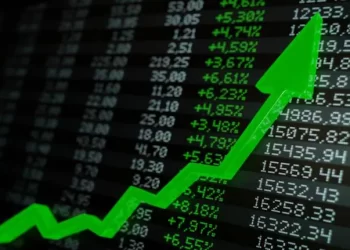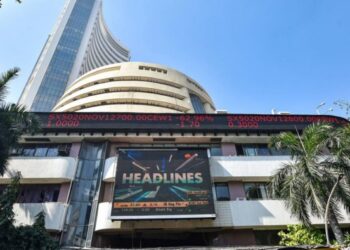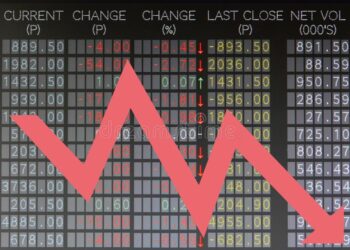The country’s foreign exchange reserves increased by $12.59 billion to a record high of $704.885 billion in the week ending September 27, according to Reserve Bank of India (RBI) data.
With this, the country becomes the fourth economy to have foreign exchange reserves above $700 billion.
Foreign currency assets (FCA), a significant component of total reserves, increased by $10.46 billion to $616.154 billion during the reporting week, according to the RBI’s weekly figures.
FCA are managed as a multi-currency portfolio that includes major currencies such as the US dollar, Euro, pound sterling, and Japanese yen, and are valued in US dollars.
Gold reserves also increased by $2.184 billion, reaching $65.796 billion.
The RBI has been developing foreign reserves as a buffer against global spillovers.
“The biggest source of strength for this reserve build-up is the balance of payments surplus. This is mostly due to a small current account deficit, which has been below 2 per cent of GDP for the last six years and should remain below that threshold for the next 2-3 years as well,” said Rahul Bajoria, Head of India and ASEAN Economic Research, BofA Securities India.
According to Karur Vysya Bank’s Head (Treasury) VRC Reddy, the increase in forex reserves was supported by robust foreign institutional investor (FII) inflows into equity and debt, partly driven by the inclusion in the JP Morgan bond index.
Furthermore, the appreciation of the Euro, GBP, and other major currencies has contributed to the increase in reserves, he stated.
According to Bajoria of BofA Securities, foreign reserves will grow to $707 billion by March 2025 and $745 billion by March 2026, with a larger war chest expected in the short term due to declining crude oil prices and an increase in both equities and debt-related inflows.
Source:IE







 Finance
Finance







